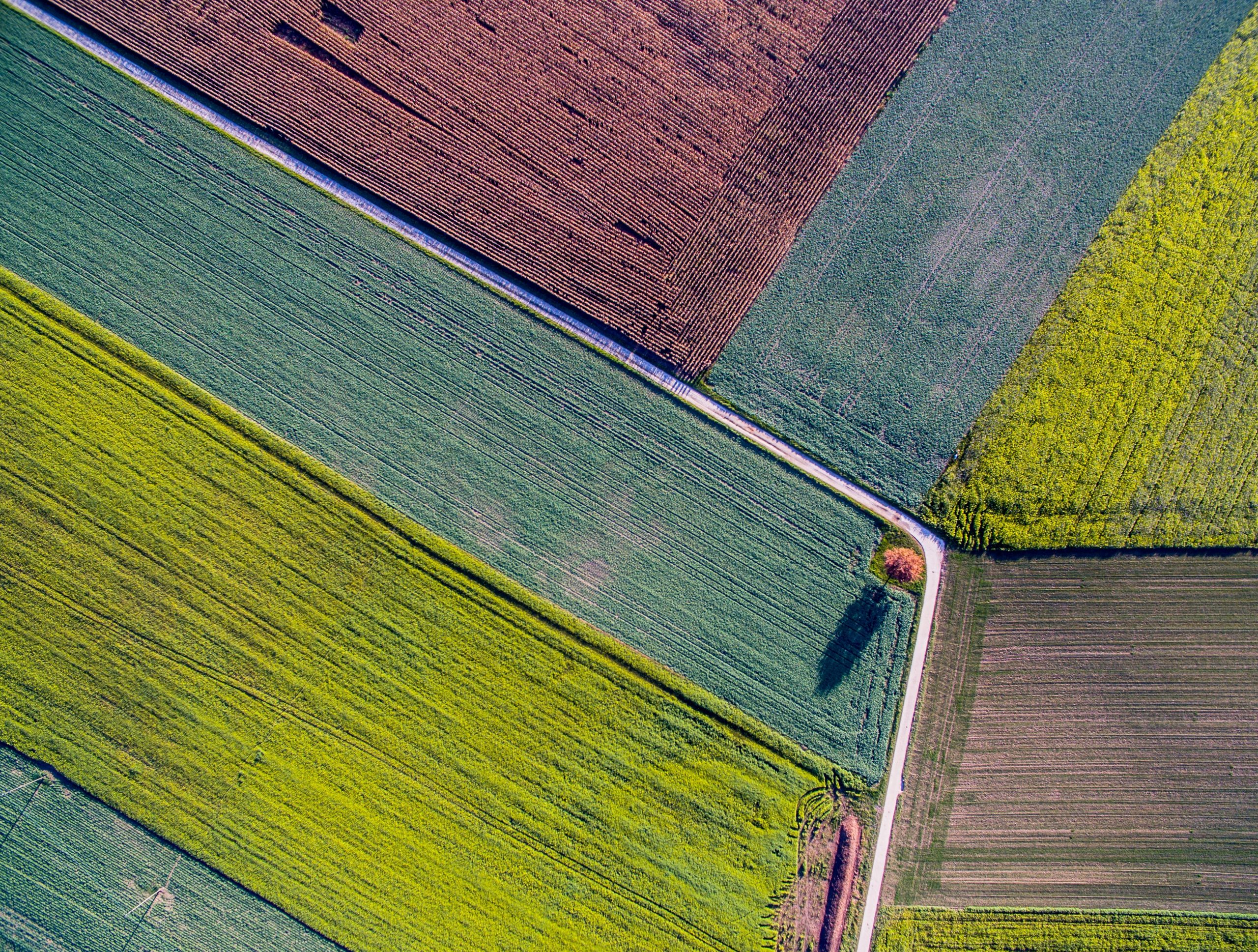25 May Increasing the nutritional and environmental benefits of crops
An integrated technique has been used to find the multiple benefits of introducing legumes to crop rotations in a recent Frontiers study. Not only are these promising findings for developing sustainable food systems, but also a step forward in holistic life cycle analysis measurement.
Adding legumes (beans, peas, lentils) to crop rotations has been shown to increase the nutritional value for livestock and humans while reducing environmental impacts and resource costs. In one example, introducing a legume crop into a typical rotation in Scotland reduced external nitrogen requirements by almost half, with no detriment to the crop’s human nutrient output.
The benefits of legumes range from environmental to nutritional. Unlike many other crops that require additional nitrogen to grow, legumes obtain sufficient nitrogen from the air around them without the need for additional fertilizers. This occurs through a symbiotic relationship with root bacteria that transforms nitrogen in the air to a useable form for plants. Legumes also reduce the need for fertiliser in future crops as they enrich the soil with nitrogen. In terms of human nutrition, legumes are rich in protein, fibre, folates, iron, potassium, magnesium and vitamins.
The novelty of this study was in its comprehensive comparisons across ten crop sequences, 16 impact categories, lengthy timeframes and various European locations. The authors went beyond simple footprinting techniques that only consider the environment or nutrition in isolation. Instead, they considered the footprint of delivering a specific quantity of nutrition. This provides a welcome and realistic perspective on the value of the whole system, with inter-crop effects and overall efficiency of cropping sequences considered.
This work has shown that the choice of functional unit has an important influence on the apparent efficiency of different crop rotations. It also indicates a need for further research using functional units that represent the multiple nutritional attributes of crops for livestock feed. The results of this study illustrate the benefit of using whole-system thinking when designing interventions to drive sustainable food systems.
Photo by jean wimmerlin on Unsplash






